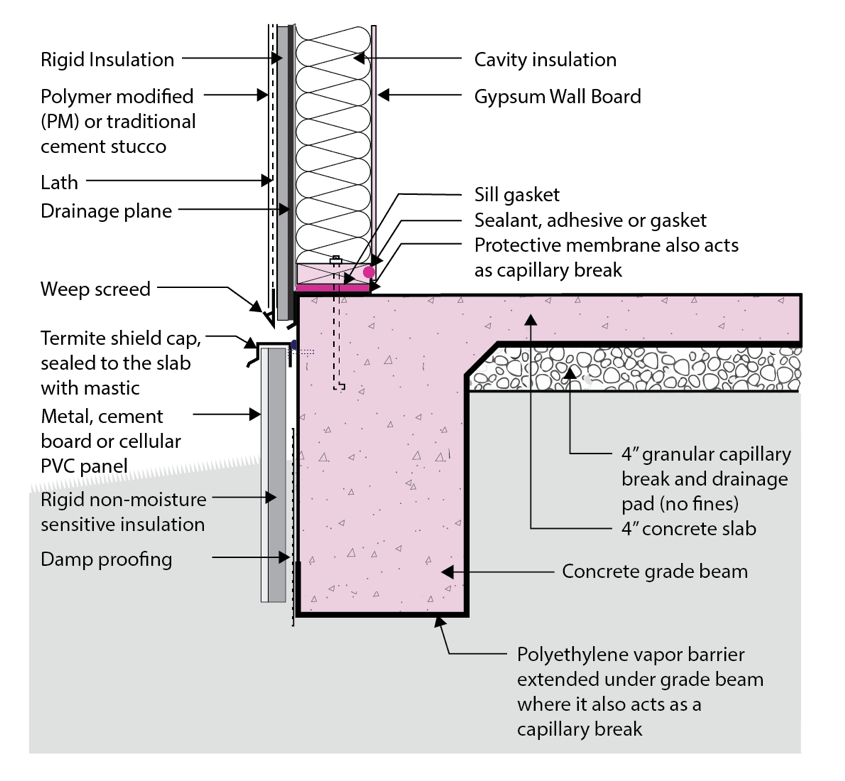

#HOME DESIGNER ARCHITECTURAL INSULATION IN STUDS PLUS#
This was figured out long before I was born-I think the Canadians figured it out first, but the Norwegians have some claims to this plus the Russians. A water control layer, air control layer and vapor control layer directly on the structure and a thermal control layer over the top of the other control layers (see Figure 1 again).


And once again the best place to control this air thing is on the outside of the structure-but under the insulation layer so the air does not change temperature. So we need an honest to god airtight enclosure in order to provide conditioning such as filtration and air change and temperature and humidity control. Well, it turns out that we can’t control air until we enclose air. We especially ought to be concerned about what is in the interior air because when we are in the interior we tend to breathe it. Now, just one other thing, tends to be important if you intend on living in the building or working in the building or keeping things safe in the building, we might want to control the interior environment. So we have to keep air out of the structure as well because of the air-water thing-or if we let it get into the structure we have to make sure it does not get cold enough to drop its water. What about this air control thing? Well air can carry a lot of water and water is bad for the structure. Oh, and architects might consider the aesthetics of the cladding to be important. The claddings function is principally to act a an ultra-violet screen. Keep the structure from going through temperature extremes and protect it from water in its various forms and ultra violet radiation and life is good.įigure 1: “The Perfect Wall”-In concept the perfect wall has the rainwater control layer, the air control layer, the vapor control layer and the thermal control layer on the exterior of the structure. So all the control layers go on the outside. Expansion, contraction, corrosion, decay, ultra violet radiation, and almost all bad things all are functions of temperature. Remember we really do want to protect that darn structure-especially for the sake of making the structural engineers life more happy. Back to rocks, they are heavy and you need a lot of them to make the wall have any decent thermal resistance so we invented thermal insulation.īut where to put the insulation? If we put the insulation on the inside of the structure the insulation does not protect the structure from heat and cold. I mean rocks are not that bad compared to windows-memo to architects: you can’t build an energy efficient green building out of glass, but you can get design awards and we all know which is more important. And since most of the bad stuff comes from outside the best place to control the bad stuff is on the outside of the structure before it gets to the structure.Īlso, after generations of building out of rocks folks somehow got the idea that they wanted to be comfortable-and they figured out that rocks were not the best insulation. When we build out of steel and wood we need to protect the steel and wood. When we built out of rocks the rocks didn’t need much protection. The best place for the control layers is to locate them on the outside of the structure in order to protect the structure ( Figure 1). If you can’t keep the air out don’t waste your time on the vapor. They are presented in order of importance:Ī point to this importance thing here, if you can’t keep the rain out don’t waste your time on the air. Today walls need four principal control layers-especially if we don’t build out of rocks. Heavy means expensive and falling down is annoying. We would pile a bunch or rocks up and have the rocks do it all. In the old days we had one material to do this: rocks. In order to do this the wall assembly has to control rain, air, vapor and heat. The perfect wall is an environmental separator-it has to keep the outside out and the inside in.


 0 kommentar(er)
0 kommentar(er)
